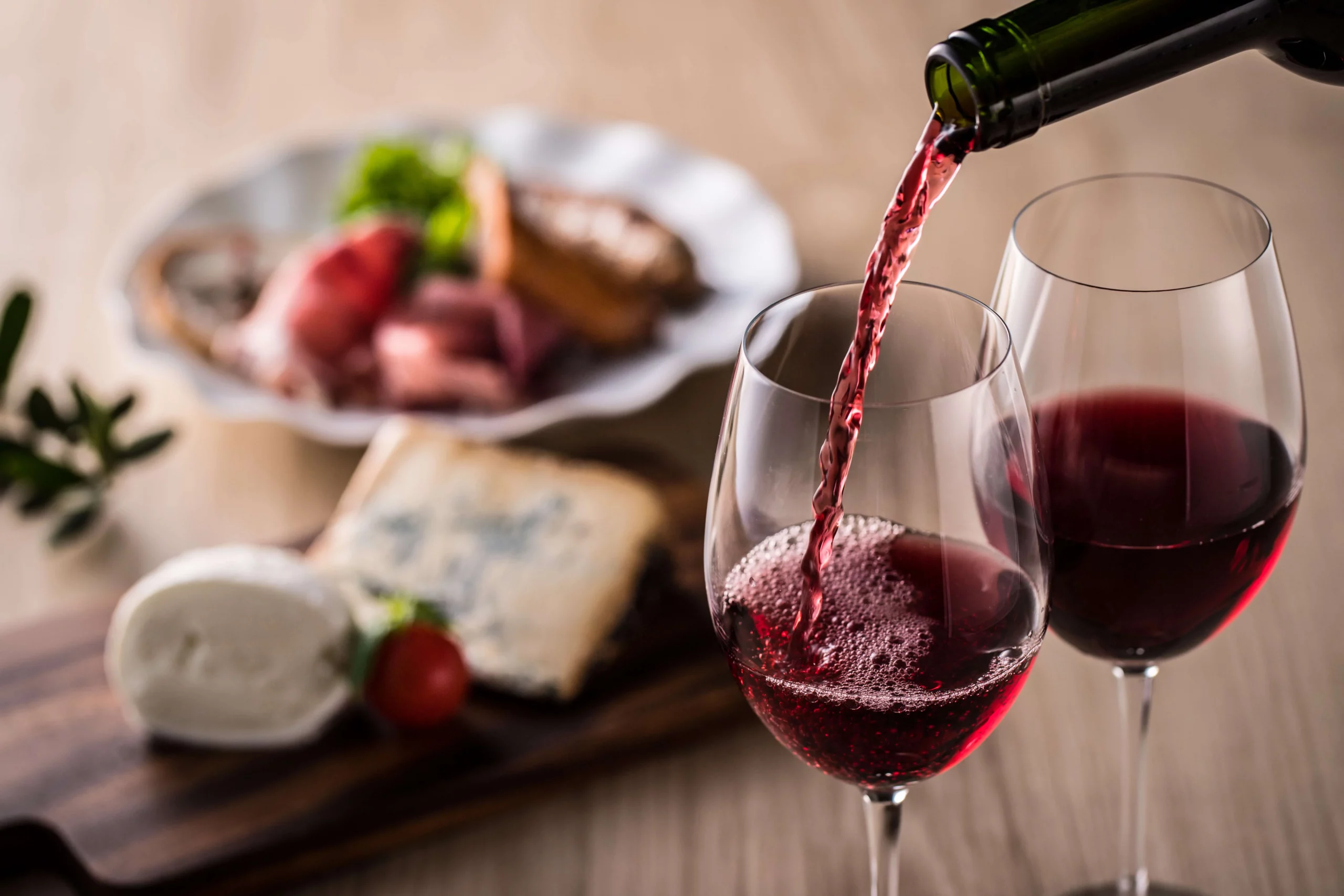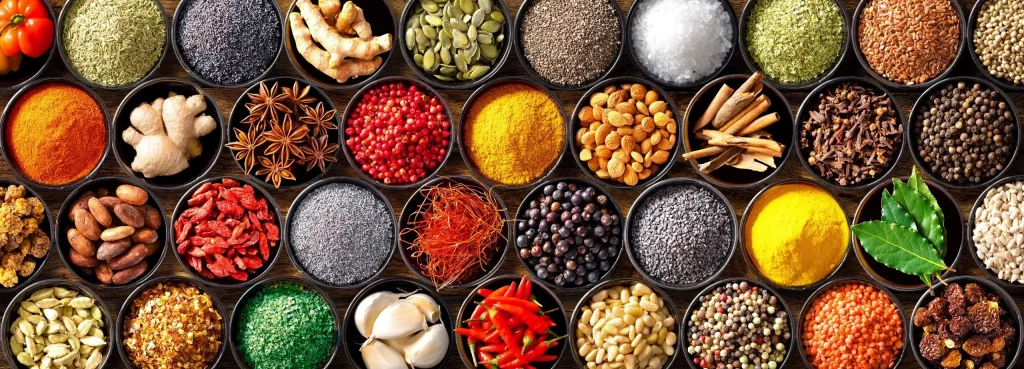Wine, often referred to as the “nectar of the gods,” has a history as rich and complex as its flavors. From its ancient origins to the intricate art of modern winemaking, the journey of wine is a fascinating exploration of culture, science, and craftsmanship.
Ancient Beginnings
The story of wine begins in the cradle of civilization, with evidence of winemaking dating back to around 6,000 BC in Mesopotamia (modern-day Iran and Iraq). Early winemakers used clay pots to ferment grapes and other fruits, creating primitive wines.
Egypt and the Nile
The ancient Egyptians embraced wine as a symbol of abundance and divine blessing. They developed advanced techniques for winemaking and storage, using amphorae and cellars to preserve their precious vintages. Wine played a significant role in religious ceremonies and daily life.
Greece: Dionysus and the Symposium
In ancient Greece, wine was intimately connected with the god Dionysus, the god of wine and revelry. The symposium, a social gathering of philosophers and scholars, often featured wine as a central element of discussion and celebration. Greek amphorae adorned with intricate artwork stored and transported wine throughout the Mediterranean.
The Roman Empire: Viticulture and Innovation
The Romans inherited their wine culture from the Greeks and expanded it across their vast empire. They introduced the concept of viticulture, the cultivation of grapevines, and improved winemaking techniques. Wine became a symbol of luxury and sophistication, with different varieties cultivated in various regions.
The Dark Ages and Monastic Traditions
During the Dark Ages, the knowledge of winemaking was preserved primarily by Christian monks. Monasteries became centers of viticulture and oenology, with monks perfecting winemaking techniques and producing high-quality wines. Wine also played a role in the Christian sacrament of the Eucharist.
The Renaissance and Global Expansion
The Renaissance marked a revival of interest in the arts and sciences, including winemaking. European explorers carried grapevines to the New World, leading to the establishment of vineyards in regions like California, South America, and Australia. Wine production expanded globally, and new grape varieties were cultivated.
Modern Winemaking: Science and Art
Today, winemaking combines tradition and modern science. Winemakers carefully select grape varieties, manage vineyards, and use fermentation techniques to create wines with distinct flavors and characteristics. The wine industry is a dynamic blend of tradition, innovation, and craftsmanship.
Terroir and Wine Regions
The concept of “terroir” recognizes that the environment in which grapes are grown influences the wine’s flavor. Different regions around the world, from Bordeaux to Napa Valley, are celebrated for their unique terroirs and wine traditions.
Conclusion
Wine, with its millennia-old history and intricate winemaking process, is more than just a beverage; it’s a cultural heritage and an art form. From the ancient rituals of Egypt to the vineyards of modern-day wine regions, the story of wine is a testament to human creativity and the enduring allure of a drink that has captured hearts and palates for centuries. So, the next time you raise a glass of wine, take a moment to savor not only its flavors but also the rich history and craftsmanship that have made it a drink fit for the gods. Cheers!


